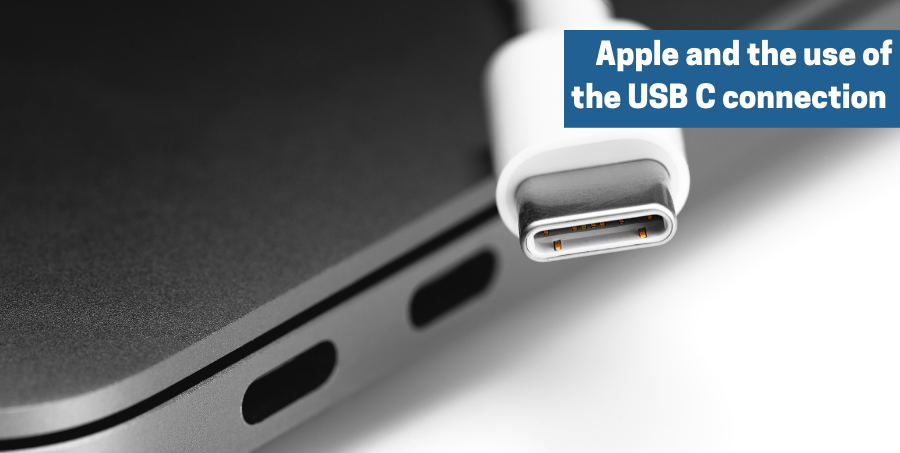Why is Apple depending more on mini USB cables?

While it’s true that Apple appears to have ditched its earlier plans to replace its famous Lightning connector with the now-ubiquitous mini-USB (sometimes called Thunderbolt 3 or USB-C) on forthcoming iterations of its flagship iPhone, it certainly isn’t true of a range of other new products from the tech giant that are running the iOS operating system.
Rumour has it that Apple was considering a Thunderbolt 3/USB-C port on the iPhone 12, finally yielding to mounting pressure (that it had thus far steadfastly resisted) from EU regulators who wanted all devices throughout the world to share a universal connector standard. In the end, it looks as though Apple had more ambitious ideas in store, like future iPhone iterations that will require no cable at all as they will charge wirelessly.
And yet, USB-C is now the only port standard available on Apple’s most current MacBook range, and you’ll also find it on all iMacs, Mac Mini models, and the next iterations of the Mac Pro. Why would Apple run a dual standard?
The reasons for this are more straightforward than we might initially think: Thunderbolt 3, to be more precise, is the latest technology inside the USB-C cable and it’s uber-powerful. The USB-3.1 protocol might look the same as a Thunderbolt 3 cable – but it’s not. USB 3.1 can shift data at a maximum rate of 10Gpbs (a 20Gpbs speed is coming soon). That’s good, but not glorious in comparison with Thunderbolt. Why? Because both are dwarfed by Thunderbolt 3/USB C’s speeds, which can send data through them at a blistering 40 Gpbs.
And USB-C technology conveys power and data simultaneously. So much so, that users can run power to two 4K displays directly from the USB-C port on their Mac – all while sending exquisite video content to them.
The fact is, and Apple is aware of it, that more and more non-Apple devices manufactured by more and more manufacturers are progressively adopting the USB C standard. The older USB standards, inevitably, are going to fall into obsolescence - maybe not immediately, but within the foreseeable future. And Apple simply isn’t going to ignore connectivity to these devices from its products, because it’s commercially extraordinarily savvy. It doesn’t have any desire to exclude itself from lucrative markets in which it stands to make handsome profits.
Mac owners can stay ahead of the USB C curve, most simply, by investing in USB-C adapters so that they can plug all their older peripherals into the computer while waiting for the new protocol to gain mass traction. Which, although there’s nothing more impossible to predict than the future, we can confidently forecast it will.
Euronetwork supplies a range of ultra-fast USB-C cables with a variety of connection options at the other end, including USB-C to USB-C cables, USB-C to USB Type-A connectors, and USB-C to HDMI cables.

